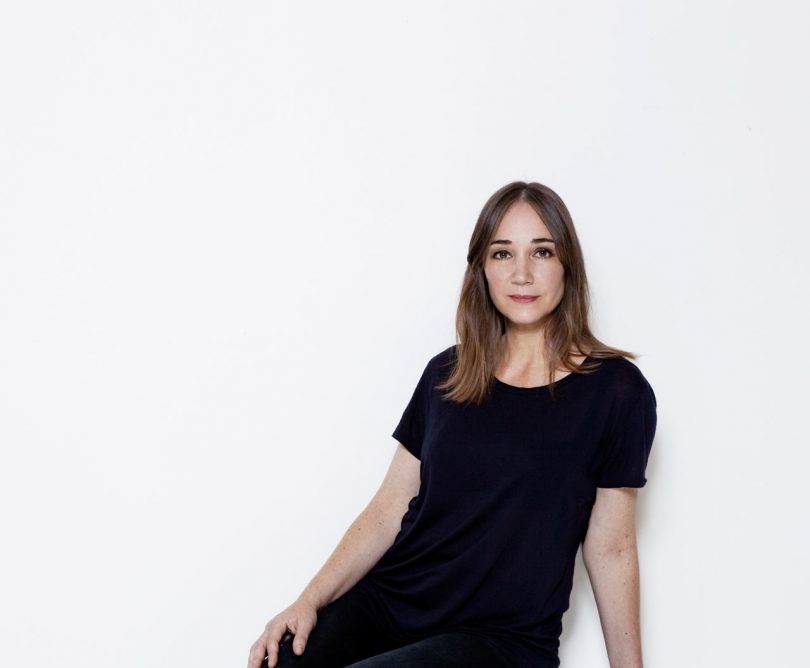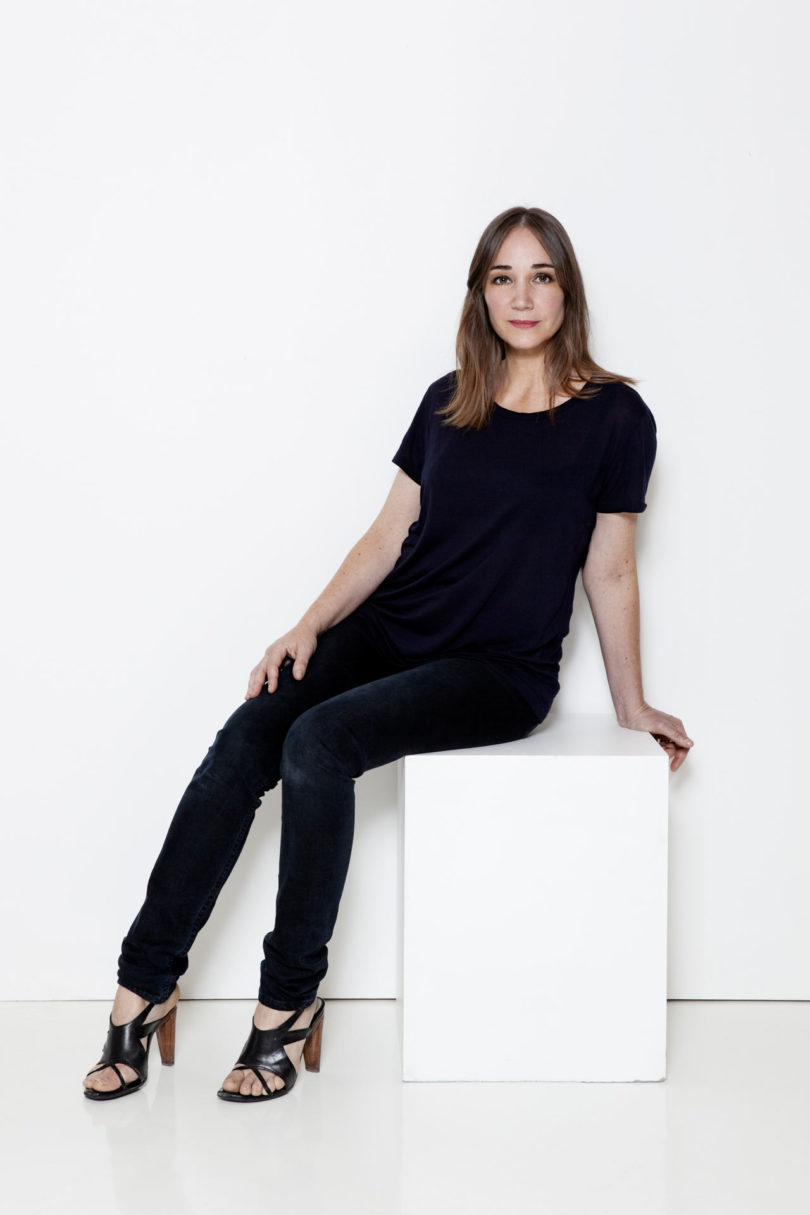Monica Förster is a Lappland-born, Stockholm-based designer easily becoming one of the most well-known within the Swedish design world and beyond. She founded her eponymous studio in 1999 and since then she’s collaborated with an extensive roster of global brands, including Bernhardt Design, Cappellini, Poltrona Frau, Offecct, De Padova, Tacchini, Modus, E&Y Japan, Volvo, Alessi, Zero, and Swedese, a Swedish furniture manufacturer where she’s also the creative director. One of her most recent designs was the Kashan lounge chair for Bernhardt Design, which perfectly showcases her ability to make any piece one that can not only work in any setting, but it transcends decades making each one timeless. You can find her work exhibited internationally along with winning many awards, some of which have recognized her personally, including ELLE Decoration Design of the Year 2015, Interior Innovation Award Selection at imm Cologne in 2017, and Best Interior Accessory for ELLE Decoration Sweden in 2018, to name a few. Continue reading to find out more about Förster’s design process, favorite color, and where she’s from, in this week’s Friday Five.
1. The creative process
Our studio has a big interest in different materials and how the material can change your way of thinking. Thought comes from within. There are origins that must be respected. There are stories to be heard, skills and experience to be observed. Then comes research and experimentation. In the end, the form emerges.
Working with paper you will always discover things you didn’t anticipate from the beginning. Also, you don’t need to worry about making mistakes and damaging an expensive material, and when you stop thinking you start working intuitively.
Mistakes occurring during the sketch process working with paper are consciously evaluated and brought into the process.
2. Technology
I always try to work in a cross-disciplinary way, and invent and renew typologies. The studio integrate new technology with an artisanal way of working. We seek for a solution to a need and answers to questions. I believe in collaboration and exchanging ideas with people from different fields like ergonomists, specialists regarding different materials and techniques is a great way to learn and grow. We don’t know how or in which way we will use technology in the future, maybe it is something we can or can not live without. Who knows what the future will bring.
3. Black
Black represents the night, always present in our long winters in Sweden. The night means silence and we like to connect the design we make with silence. Our designs don’t shout, they whisper. In the studio we like to work with structure and tactility and it is a big part of our process. The starting point, however, for every project is the the question why. Our main approach is working with ideas and concepts.
4. Lappland
I like to find inspiration in my daily life, and sometimes I go back to my origin in the north of Sweden to find ideas. Some of my most interesting work combines my background with the heritage of the producer. I get inspiration for use of light and organic shapes from my experience of growing up close to the Arctic circle. I like our projects to communicate through feelings and emotions. This is also an important part of our projects.
5. Human
My objectives from the start has always been to design objects that are long-lasting. The ideal project for me is when you are not able to tell when the project was designed, if it is made today or twenty years ago. I think that many of the projects that we design in the studio represents just that.
Working with creative direction, I work with strategies, ideas and a vision on how to move a company forward in creating jobs, educating workers by design and thinking outside the box. Collaborating with the Bosnian company Zanat, has influenced our work in the studio and we have become more aware of working with socioeconomic sustainability. I also try to influence other producers to move along the sustainability path. For example while working with Swedese as creative director, I have implemented a creative workshop and a new business area designing items, using recycled wood from leftover material from the Swedese factory.
from Design MilkDesign Milk https://design-milk.com/friday-five-with-monica-forster/







No comments:
Post a Comment